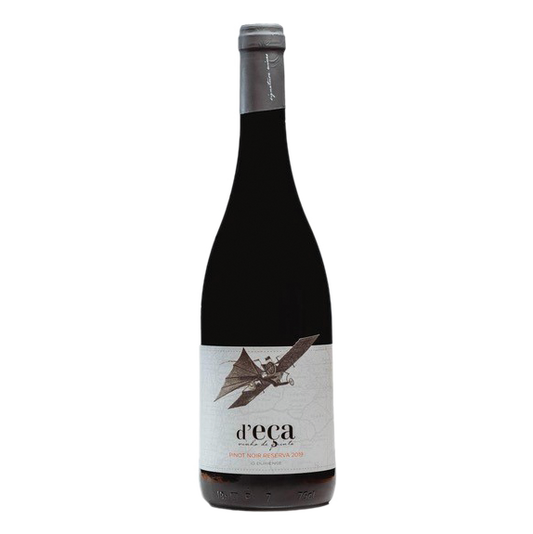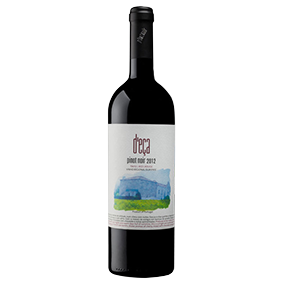Making "signature wines" is the purpose and commitment of João Almeida d'Eça in his Quinta Nª Srª do Loreto, located in Sabrosa in the Douro wine region.
The producer, João Almeida d'Eça, a lawyer by vocation, acquired Quinta Nossa Senhora do Loreto in 1987, totally driven by the enthusiasm to rebuild the farm and the manor house and to give new life to the property's 9 hectares of vineyards, thus combining his passion for wine and viticulture. And through wine he wants to leave his mark on the region, standing out for its personality, guiding by excellence and enhancing the distinctive trait of its terroir, while favoring native grape varieties and assuming a strong environmental commitment and the adoption of sustainable production practices.
In 2007 the brand D'Eça is born, which materializes and associates to its name the wine profile that distinguishes it. When remodeling the vineyards, he tested planting Pinot Noir with four different clones. The idea of planting Pinot Noir came about because of his love for the grape variety and because part of the property has, due to its exposure, altitude (elevation of 600m) and terroir, perfect conditions for the good development of the variety.
Due to its small size, with this grape variety they sought to differentiate themselves and demonstrate Sabrosa's potential to make cool profile red wines as a result of the altitude (vineyards planted at about 600m altitude) in a microclimate with wide temperature ranges, very hot days and cold nights, influenced by the condensation of the Pinhão and Douro River valley.
More recently, in a new wave of vineyard renovation, vineyards have been planted with white grapes such as Viosinho, Gouveio and Rabigato, traditional grape varieties of the region and which, in these higher lands of Sabrosa, have a special aptitude for producing white wines of excellent quality and notable aging capacity.
The vineyards are perfectly identified by variety, predominantly the Touriga Nacional variety with four different clones and Tinta Roriz also with four clones, as well as a plot with the Pinot Noir variety also with four distinct clones.
Each of the varieties is vinified separately, resulting in a wine at the end of the barrel aging process that may lead to the constitution of a blend, which varies in percentage from each of the varieties every year, or to a single varietal wine depending on the taste of the producer and the balance imposed by the winemaker.
The ambition is to make author wines and wines that ensure great longevity. They put their wines on the market after the resting time deemed necessary for the wines to offer the greatest pleasure and the best experience to their appreciators.






